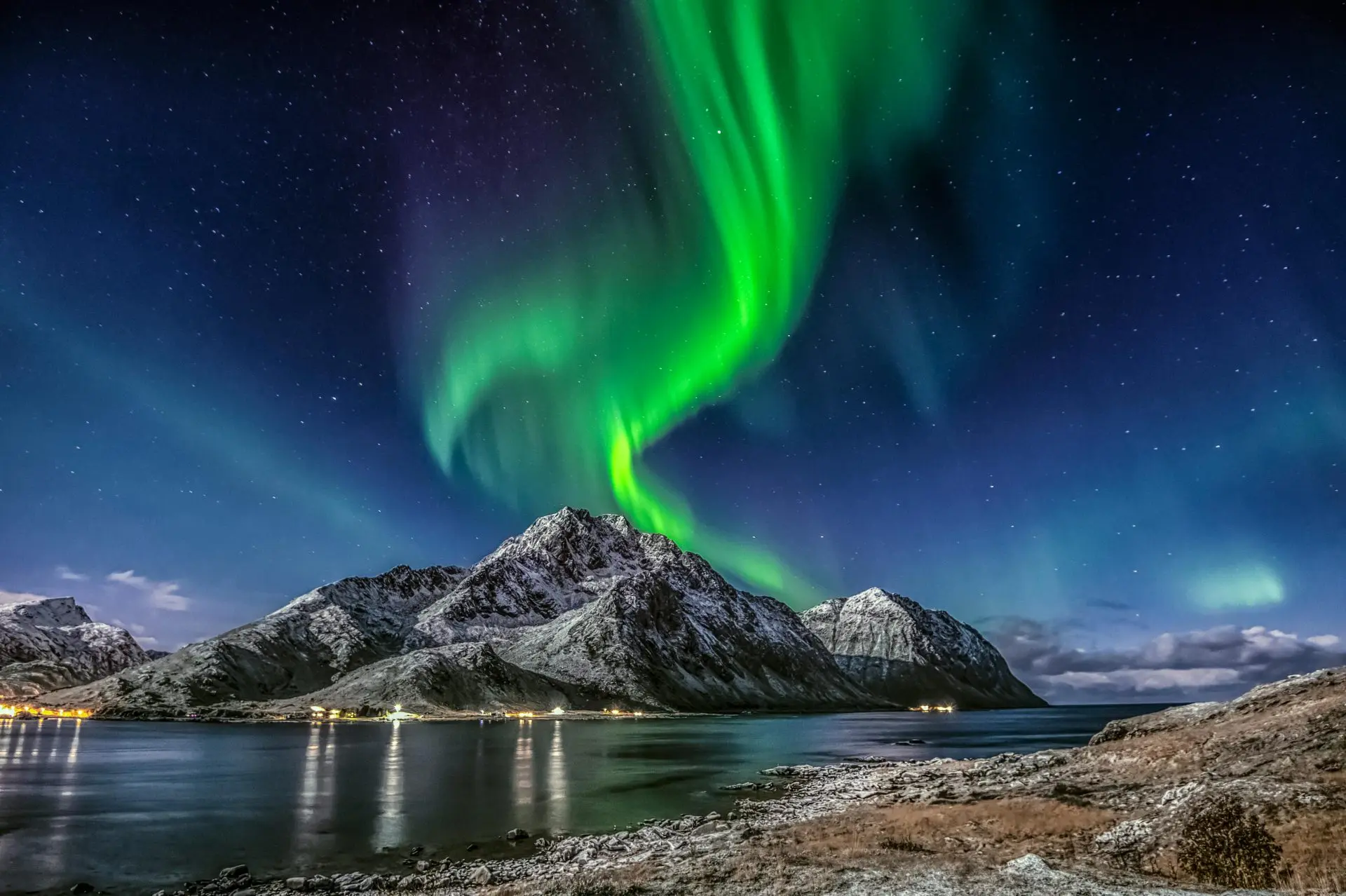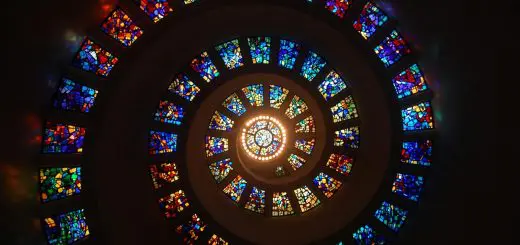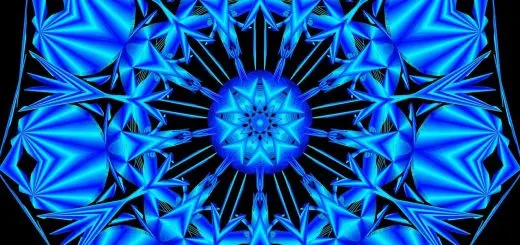The Rise of Digital Art Communities by 2025

Looking for more amazing products? Check out our online store and explore our collection here! Happy shopping!
Before diving in, please note: This post is for informational purposes only. If you’d like to know more about how we approach topics, feel free to check out our friendly Disclaimer Page.
Hey there, amazing readers! 
We’re committed to delivering quality posts, and your support (even just sticking around despite the ads) means everything to us. So, bear with us, and thanks for helping us keep the good vibes rolling. Now, on to the fun stuff!
TRANSLATE BUTTON AT THE END OF THE ARTICLE
As we look ahead to 2025, digital art communities are flourishing in ways we could only dream of a few years ago.
What was once a niche interest has transformed into a powerful global movement.
Technology has democratized the art world, giving anyone with an internet connection the tools and platforms to create, share, and connect with other artists.
From virtual galleries to online collaborations, the digital art landscape is expanding, and it’s more accessible and dynamic than ever before.
Introduction
Art has always been a form of self-expression, but now, with the rise of digital art communities, it’s also a way to connect.
Whether you’re a seasoned artist or someone who’s just beginning to experiment with digital tools, there’s a place for you.
I’ve personally found that being part of an online art community has opened up so many creative doors.
In 2025, digital art communities are set to thrive even more, offering spaces where creativity meets connection, and where inspiration is just a click away.
Accessibility for All Artists
Digital art communities are breaking down barriers, making it easier for people of all skill levels to join in.
Entry-Level Tools: Digital art tools like Procreate, Adobe Fresco, and Krita offer intuitive interfaces that even beginners can navigate.
Online Tutorials and Classes: With platforms like YouTube, Skillshare, and Udemy, anyone can learn how to create digital art from scratch.
I started dabbling in digital art a few years ago, and what struck me was how easy it was to pick up.
With the wealth of tutorials online, you don’t need to have formal training to start creating.
Global Connections and Collaboration
The beauty of digital art communities lies in their ability to connect people across the globe.
You’re not limited to your local art scene anymore.
Cross-Cultural Exchange: Artists from different countries can share techniques, styles, and inspirations, leading to a richer global art landscape.
Collaborative Projects: Platforms like DeviantArt, ArtStation, and Behance make it easy to collaborate on projects with people you’ve never met in person.
I’ve seen so many artists team up on international projects.
It’s amazing to witness artists from different cultures come together to create something truly unique.
Virtual Galleries and Exhibitions
With physical galleries sometimes out of reach for many, virtual art spaces are filling the gap.
3D Virtual Exhibits: Digital artists can now showcase their work in fully interactive 3D galleries, where visitors can explore the art as if they were walking through a real exhibit.
NFT Art and Blockchain: The rise of NFTs (non-fungible tokens) has allowed digital artists to sell and trade their work in entirely new ways, creating digital ownership and verifiable authenticity.
I remember the first time I visited a virtual gallery.
It was surreal.
Instead of feeling removed from the artwork, it actually felt more immersive in a strange way.
A Diverse and Inclusive Space
Digital art communities are incredibly inclusive, welcoming a wide range of voices that may have been overlooked in traditional art spaces.
Representation: These platforms provide underrepresented artists—whether by gender, race, or location—a place to share their work with a global audience.
Art for All Abilities: Technology like voice-activated tools and adaptive devices make it possible for artists with disabilities to engage in the digital art world.
The diversity in these communities is something I’ve always admired.
You see artists from all walks of life creating art that feels deeply personal and universal at the same time.
Growing Support Systems for Artists
The growth of digital art communities isn’t just about creating and sharing art; it’s also about the support networks that are forming.
Feedback and Critique: Platforms like Reddit’s art subreddits or Discord channels provide artists with real-time feedback and constructive criticism, helping them grow.
Emotional Support: These spaces can be a lifeline for artists who may feel isolated or disconnected from their local art scenes, offering camaraderie and encouragement.
I’ve personally found so much support in online art communities.
There’s something incredibly empowering about receiving feedback from fellow artists who genuinely want to help you improve.
The Rise of Educational Resources
As digital art continues to grow, so does the availability of learning resources.
Free Tutorials: From YouTube videos to full online courses, artists have access to countless free resources to improve their skills.
Interactive Learning: Platforms like Twitch and Discord allow artists to stream their creative process live, with real-time interaction and Q&A sessions from their audience.
I remember when I first started experimenting with digital painting, and the wealth of resources was mind-blowing.
You can essentially get a free art education if you’re willing to put in the time.
Monetization Opportunities for Artists
In 2025, digital art communities are providing more avenues than ever for artists to monetize their work.
Print-on-Demand Services: Websites like Redbubble and Society6 allow artists to sell their digital art on merchandise, from phone cases to prints.
Patreon and Ko-fi: Many artists are using crowdfunding platforms to create a sustainable income from their work by offering exclusive content to their supporters.
I’ve seen several friends turn their hobbies into full-time careers thanks to these platforms.
The ability to directly support artists without middlemen is a game-changer.
The Impact of Social Media
Platforms like Instagram, TikTok, and Pinterest have become essential tools for digital artists to promote their work and grow their audience.
Viral Art Challenges: From #Inktober to #DrawThisInYourStyle, social media is full of fun art challenges that encourage creativity and visibility.
Storytelling Through Art: Artists are using platforms like TikTok to share the process behind their work, combining storytelling with visual art in new and engaging ways.
I can’t count the number of times I’ve been sucked into an art rabbit hole on Instagram, losing hours to watching time-lapse videos of incredible creations.
A Focus on Sustainability
With digital art, there’s a growing awareness of how the shift away from physical mediums can contribute to environmental sustainability.
Less Waste: Digital art requires fewer physical materials, meaning less waste and a reduced environmental footprint.
Eco-Friendly NFTs: As the environmental concerns around blockchain technology grow, efforts are being made to create more eco-friendly NFT platforms.
I personally love the idea that my art doesn’t leave a physical waste trail.
It’s a small way I can contribute to sustainability while still expressing myself creatively.
The Blend of Traditional and Digital Art
One of the most exciting trends for 2025 is the blending of traditional and digital art forms.
Digital Overlays on Physical Art: Artists are experimenting with creating physical pieces and then enhancing them with digital elements.
Augmented Reality (AR) Art: Some artists are even using AR to create interactive pieces that can be viewed in both physical and digital spaces.
I’ve recently started experimenting with combining my physical sketches with digital overlays, and the results are incredibly exciting.
It’s the best of both worlds!
The Role of Artificial Intelligence
Artificial Intelligence (AI) is playing an increasingly prominent role in digital art, helping artists push the boundaries of what’s possible.
AI-Assisted Art: Programs like DeepArt and Artbreeder use AI to assist in creating unique pieces of art that combine traditional techniques with machine learning.
Generative Art: Artists are using algorithms to create generative art, where AI plays a role in the design and structure of the piece.
I’ve dabbled with AI-assisted tools, and while it doesn’t replace creativity, it can certainly inspire new ideas and approaches that I wouldn’t have thought of on my own.
Fostering a Sense of Belonging
Above all, digital art communities are about creating a sense of belonging.
By 2025, these spaces will be even more inclusive and supportive.
Safe Spaces for Expression: These communities offer safe spaces for artists to share their work without fear of judgment, whether they’re creating for fun or professionally.
Friendships and Collaborations: Many artists forge lifelong friendships through these platforms, finding like-minded individuals who understand and appreciate their unique creative journey.
For me, the best part of joining an online art community has been the friendships I’ve made.
It’s not just about the art—it’s about the people.
Conclusion
The rise of digital art communities by 2025 is creating an exciting, inclusive space where creativity can flourish without limits.
With more accessibility, collaboration, and support than ever before, digital art is no longer just a hobby—it’s a global movement.
Whether you’re a newbie or a seasoned pro, there’s a place for you in this vibrant world.
Dive in, connect with others, and let your creativity soar!

The Enlightenment Journey is a remarkable collection of writings authored by a distinguished group of experts in the fields of spirituality, new age, and esoteric knowledge.
This anthology features a diverse assembly of well-experienced authors who bring their profound insights and credible perspectives to the forefront.
Each contributor possesses a wealth of knowledge and wisdom, making them authorities in their respective domains.
Together, they offer readers a transformative journey into the realms of spiritual growth, self-discovery, and esoteric enlightenment.
The Enlightenment Journey is a testament to the collective expertise of these luminaries, providing readers with a rich tapestry of ideas and information to illuminate their spiritual path.
Our Diverse Expertise
While our primary focus is on spirituality and esotericism, we are equally passionate about exploring a wide range of other topics and niches 

To ensure we provide the most accurate and valuable insights, we collaborate with trusted experts in their respective domains 
Our blog originally focused on spirituality and metaphysics, but we’ve since expanded to cover a wide range of niches. Don’t worry—we continue to publish a lot of articles on spirituality! Frequently visit our blog to explore our diverse content and stay tuned for more insightful reads.
Hey there, amazing reader! 
Check out our store here and take a peek at some of our featured products below! Thanks for being awesome!










